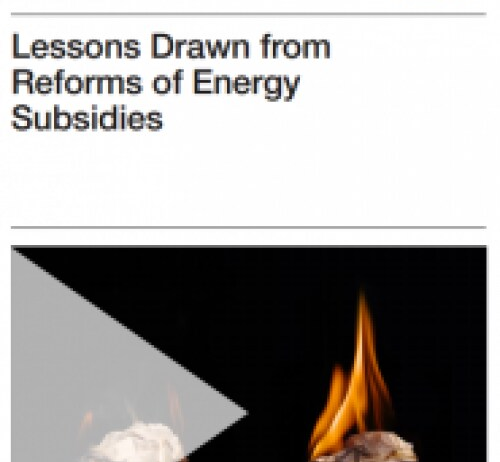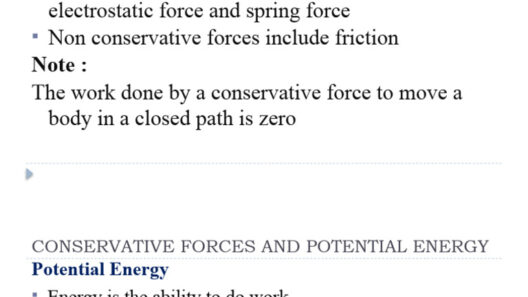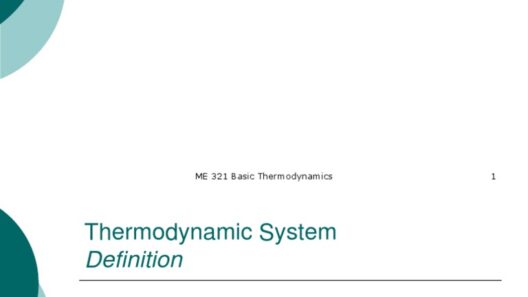Energy conservation subsidies are a critical element in the transition towards a sustainable future. These subsidies are financial incentives provided by governments to encourage individuals and businesses to adopt energy-efficient practices, technologies, and solutions. As we delve into the fiscal implications of these subsidies, one question looms large: are energy conservation subsidies taxable? Understanding the legal framework surrounding this issue is essential not only for taxpayers but also for policymakers and anyone invested in the energy sector.
To grasp the taxation status of energy conservation subsidies, it’s imperative first to delineate the nature of these subsidies. Generally, they are designated as non-repayable financial aid aimed at reducing the cost of investments in energy efficiency measures. Government bodies may provide these incentives for a myriad of reasons, such as stimulating economic growth, reducing carbon emissions, and enhancing energy security.
The Internal Revenue Service (IRS) plays a pivotal role in determining whether these subsidies are taxable. According to the IRS, the treatment of any subsidy depends largely on its classification and the specific guidelines governing its issuance. Primarily, subsidies are divided into two categories: direct payments and tax credits.
Direct payments, which are often issued by federal or state programs to individuals or businesses for installing energy-efficient systems, generally fall under specific tax regulations. According to current IRS guidelines, direct cash payments or rebates received by taxpayers for energy conservation activities are typically treated as gross income. This means that the recipient must report the amount received on their tax returns, thereby making them taxable. However, nuances exist in the execution of these payments, such as whether the subsidy is tied directly to a significant reduction in energy consumption or efficiency gains.
On the other hand, tax credits offer a different mechanism. Tax credits effectively reduce the amount of tax owed rather than represent taxable income. For example, if a taxpayer spends a certain amount on insulation, energy-efficient windows, or solar panel installation, they may receive a tax credit that reduces their overall tax liability. As per IRS regulations, these credits are not considered taxable income, thereby providing a more attractive financial incentive for consumers looking to invest in sustainable practices.
Additionally, regional and state-level variations in tax laws regarding subsidies can complicate the understanding of tax liability. Different states may implement unique programs and incentives that can either align with federal guidelines or offer further benefits that alter the tax implications. Some states might not tax the subsidies, while others may impose conditions under which the funds remain non-taxable.
One must also consider the potential repercussions of not reporting subsidies. Taxpayers liable for reporting these payments must be diligent. Failure to do so could result in penalties, interest on unpaid tax, or an audit by federal or state tax authorities. Maintaining thorough documentation of any subsidies received and ensuring compliance with tax obligations is a prudent course of action.
It is sensible to highlight that many advocacy groups and environmental organizations are striving for improved clarity in the tax treatment of energy conservation subsidies. Their objective is to promote a shift in perspective among lawmakers and taxpayers alike. Many argue that the promotion of energy-efficient practices should be robustly incentivized, not disincentivized through taxation. This could potentially galvanize greater investment in sustainable technologies and solutions, initiating a significant decline in overall energy consumption and greenhouse gas emissions.
Moreover, while engaging with the topic of energy conservation subsidies, it is essential to examine their impact within the broader framework of environmental policies and fiscal measures. The goal of these initiatives is not merely financial; they align with global efforts to combat climate change, encourage renewable energy adoption, and foster ecological resilience. As governments worldwide grapple with the pressing need for sustainable practices, the role of energy conservation subsidies becomes increasingly paramount.
Moving forward, a greater emphasis on education surrounding energy subsidies is warranted. Many consumers remain unaware of their potential entitlements. A well-informed populace would likely amplify the effectiveness of these programs. Increased awareness can precipitate higher participation rates, thereby achieving the dual aim of enhancing energy efficiency and promoting environmental integrity.
Furthermore, as we pivot towards a future characterized by renewable energy sources and innovative technologies, addressing the taxation issues surrounding energy conservation subsidies can yield transformative results. By navigating these fiscal waters thoughtfully, policymakers can craft incentives that are not only appealing to consumers but also considerate of the pressing environmental challenges we face.
In conclusion, understanding the taxable nature of energy conservation subsidies may seem like a daunting task, riddled with complexities and nuances. Still, it is an undertaking worthy of exploration. It invites curiosity, fosters dialogue about sustainability, and promises a paradigm shift in how we perceive and interact with energy conservation efforts. As we embark on this journey towards an ecologically aware society, grappling with the fiscal intricacies of sustainability initiatives will undoubtedly shape the landscape of our environmental future.








